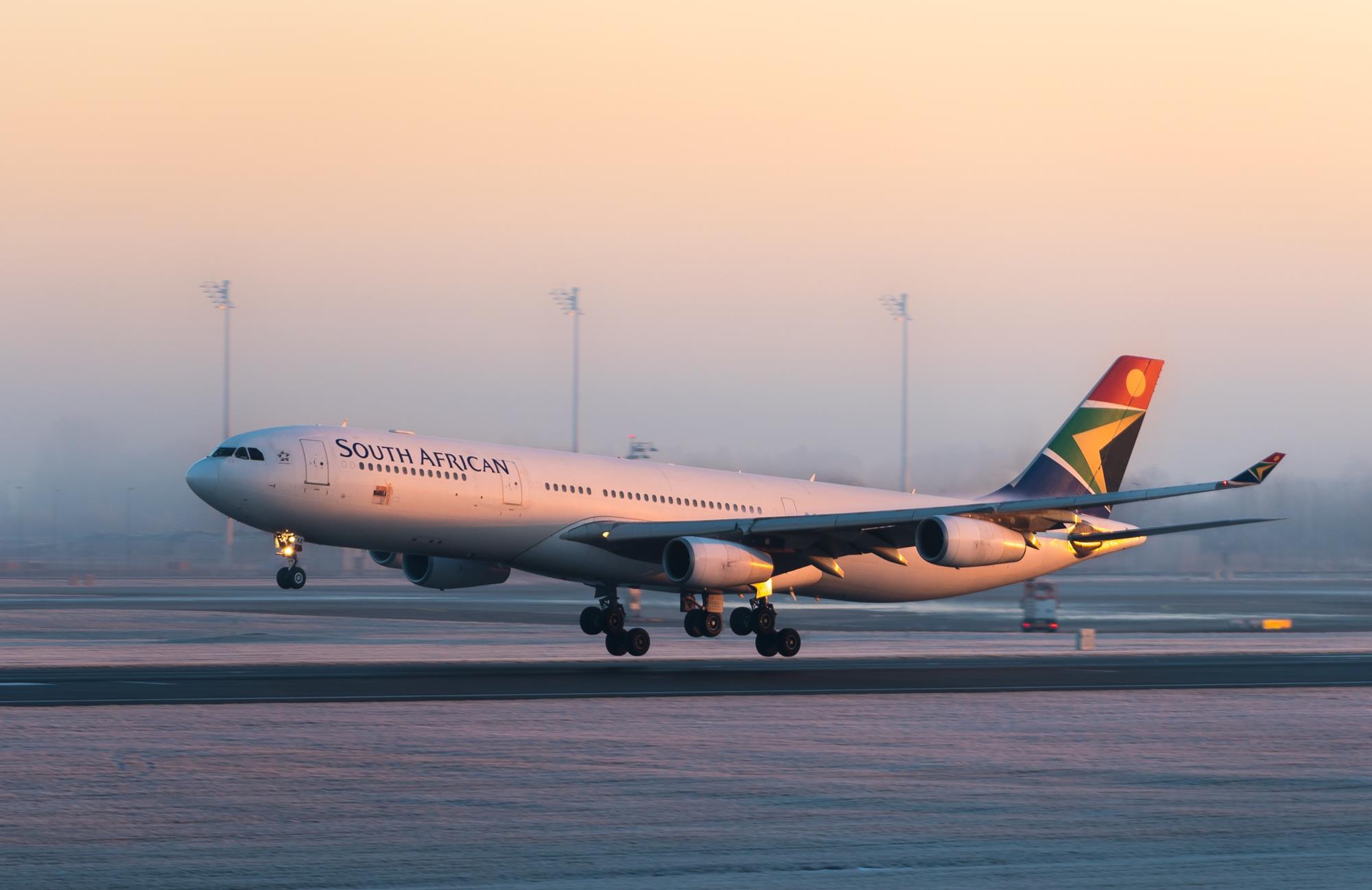
Airline deregulation changed the skies forever. Before 1978, the government controlled fares, routes, and schedules. But what happened when those rules vanished? Airline deregulation impacts are vast and varied, affecting everything from ticket prices to the number of airlines in operation. Did you know that deregulation led to a surge in new airlines, creating more competition and lower fares? Or that it resulted in some airlines merging or going out of business? This shift also influenced the quality of service, flight frequency, and even the types of aircraft used. Let's dive into 18 intriguing facts that reveal how deregulation reshaped air travel.
Key Takeaways:
- Airline deregulation in 1978 led to lower airfare prices, making flying more affordable for people. This also resulted in an increase in the number of passengers flying in the U.S.
- The removal of government control allowed new airlines to enter the market, leading to competition and innovation. However, it also brought changes in working conditions and job security for airline employees.
The Birth of Airline Deregulation
Airline deregulation in the United States began with the Airline Deregulation Act of 1978. This act aimed to remove government control over fares, routes, and market entry of new airlines, leading to significant changes in the industry.
- The Airline Deregulation Act was signed into law by President Jimmy Carter on October 24, 1978.
- Before deregulation, the Civil Aeronautics Board (CAB) controlled fares, routes, and schedules.
- Deregulation allowed airlines to set their own fares and choose their routes without government approval.
Impact on Airfares
One of the most noticeable effects of deregulation was the change in airfare prices. The competition among airlines led to a significant reduction in ticket prices.
- Average airfares dropped by more than 25% in the first decade after deregulation.
- The introduction of discount carriers like Southwest Airlines helped drive prices down.
- Price wars between airlines became common, benefiting consumers with lower fares.
Increase in Air Travel
Deregulation made air travel more accessible to the general public. More people could afford to fly, leading to an increase in the number of passengers.
- The number of passengers flying in the U.S. increased from 275 million in 1978 to over 600 million by 2000.
- Airlines expanded their services to smaller cities, making air travel more convenient.
- The rise in passenger numbers led to the growth of airport infrastructure and services.
Emergence of New Airlines
The removal of entry barriers allowed new airlines to enter the market, increasing competition and innovation.
- Many new airlines, such as People Express and JetBlue, emerged after deregulation.
- Some of these new airlines introduced innovative services and pricing models.
- However, not all new airlines survived; many faced financial difficulties and went out of business.
Changes in Airline Hubs
Deregulation led to the development of hub-and-spoke systems, where airlines concentrated their operations at major airports.
- Major airlines established hubs in cities like Atlanta, Chicago, and Dallas.
- This system allowed airlines to offer more frequent flights and better connections.
- Smaller airports saw a reduction in direct flights as airlines focused on their hubs.
Impact on Airline Employees
Deregulation had mixed effects on airline employees, with some benefiting from new opportunities and others facing job insecurity.
- Pilots, flight attendants, and other airline staff saw changes in their working conditions and pay structures.
- Some employees faced layoffs and wage cuts as airlines sought to reduce costs.
- On the positive side, deregulation created new job opportunities in the growing airline industry.
The Lasting Effects of Airline Deregulation
Airline deregulation changed the aviation industry forever. Lower fares, more routes, and increased competition have benefited travelers. However, it also brought challenges like fluctuating ticket prices and varying service quality. Smaller airlines found opportunities to thrive, while some larger ones faced financial struggles.
Passengers now enjoy more choices and flexibility, but they also need to navigate a complex market. The impact on airline employees has been mixed, with some experiencing job growth and others facing instability. Environmental concerns have grown as air travel increased, prompting airlines to explore sustainable practices.
Overall, deregulation reshaped air travel, making it more accessible yet more complicated. Understanding these changes helps travelers make informed decisions. The legacy of deregulation continues to influence the industry, shaping how we fly today and in the future.
Frequently Asked Questions
Was this page helpful?
Our commitment to delivering trustworthy and engaging content is at the heart of what we do. Each fact on our site is contributed by real users like you, bringing a wealth of diverse insights and information. To ensure the highest standards of accuracy and reliability, our dedicated editors meticulously review each submission. This process guarantees that the facts we share are not only fascinating but also credible. Trust in our commitment to quality and authenticity as you explore and learn with us.


